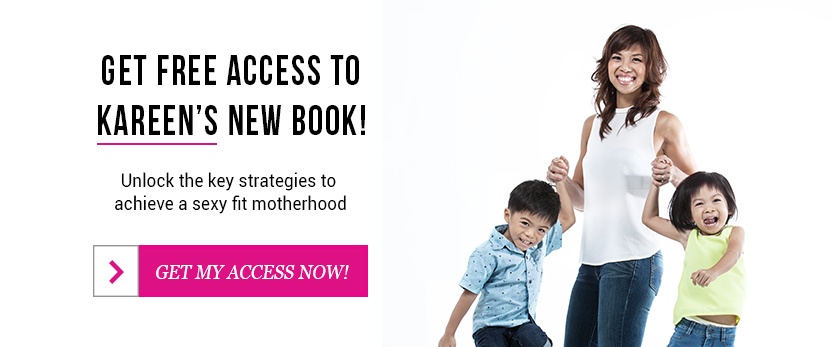Taking Care of Mum: The Perfect Program for Postnatal Care
 Contributed by
Kareen Lai
November 9, 2015
Contributed by
Kareen Lai
November 9, 2015


I have been immersing myself in the world of anatomy, biomechanics, manual therapy and function of the women’s body in Vancouver. Instead of hanging out with fitness professionals, I have been hanging out with physical therapists and Pilates instructors who work a lot with women.
When a group of women come together, you can bet there will be endless discussions, exchanges and sharing of different observations on women’s health care across different countries.
And it has further reinforced my belief that we need a more structured system to take care of mums here in Singapore (and everywhere else).
A great illustration raised during one of our discussions puts things into perspective:
“If you would just look at the amount of attention and follow up care scheduled for a person who just broke his ankle, you will see his ankle carefully put in a cast, scheduled for a few follow up sessions with the doctor, then follow up with the physiotherapist for rehab, and get covered by insurance for all the expenses because of an accident.”
“Then look at a woman who just went through 42 weeks painstakingly carrying an additional huge load which inevitably adds stress on her pelvic floor and every other muscle and joint in her body, goes through delivery, gets cut up either in her mid-section (C-section) or down under (episiotomy), gets sent home in 2 days, with follow up checks scheduled only at Week 6 and the best advice given by the staff nurse to ‘do your kegels’ and maintain 4 hourly feeds for ideal breastfeeding protocol. And no compensation to make up for her hard work (just saying).”
If you look at the relativity of how varied treatments and follow-up care is given, I think we have a lot to catch up on to provide better and more adequate care for all mums out there.
It will take time to change for the better, but an ideal postnatal care program would look like this:
- Educate mums on what exactly happens to their bodies after delivery
- C-section or a vaginal delivery with episiotomy will have different consequence
- Delivery of baby
- mum knows clearly how much or where an incision will be made on her body during delivery
- Close follow-up by Gynae in first 6 weeks
- checks for structural integrity on top of the standard checks on bleeding and stitches
- Refer to a women’s health specialist/women’s physiotherapist
- to conduct an integrated assessment of postpartum body
- check on emotional status and support system at home
- Recommendation of adequate movement plans for safe recovery & restoration
- understanding how/ when she can start being safely active again
When different specialists work together in an integrated manner, we can bring about quality care for all mothers and help them restore adequately after a life-changing 42 weeks. We owe it to women to have them clearly understand what happen to their bodies at every stage and not send them in and out of the “reproduction system,” as if it was “no different than what other women had been through.”
Because every mum deserves it.
Visit the Mums In Sync page to find out more about Kareen's work.











Sorry, the comment form is closed at this time.